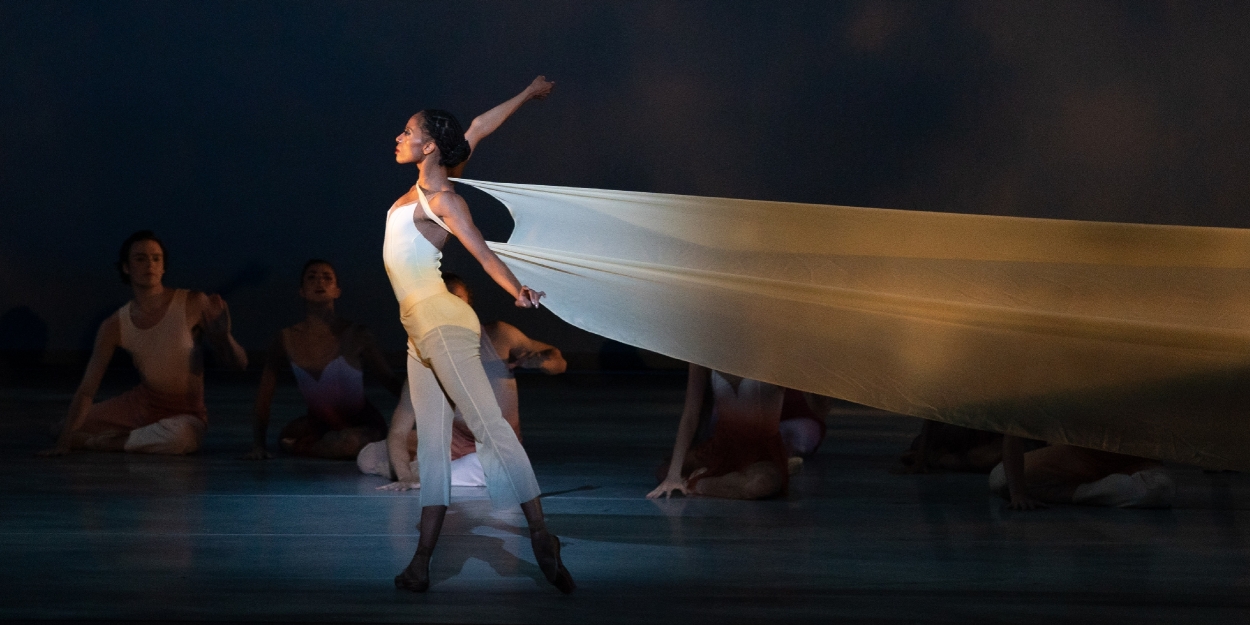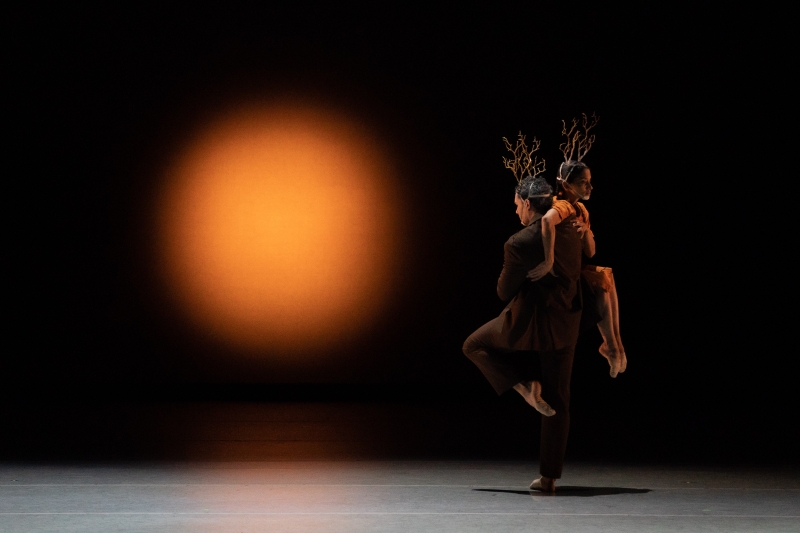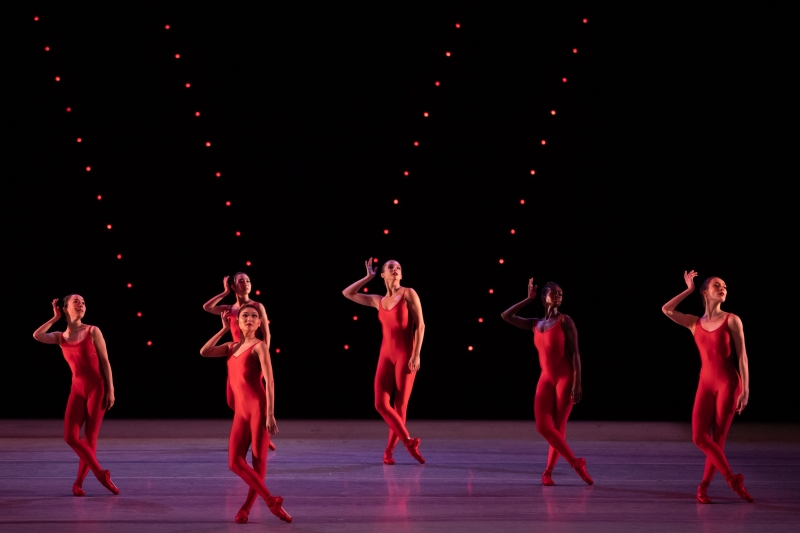Review: 10,000 DREAMS: A CELEBRATION OF ASIAN CHOREOGRAPHY, PROGRAM B at Kennedy Center
Curated by the Kennedy Center and Phil Chan, "10,000 Dreams" shines the spotlight on Asian and Asian American choreographers.

The Kennedy Center recently hosted a week-long festival titled “10,000 Dreams: A Celebration of Asian Choreography.” “Program B” featured works by Disha Zhang, Zhong-Jing Fang, and Choo San Goh in addition to a short film. This show was an elegant collection of works performed with vigor by Houston Ballet, Ballet West, and The Washington Ballet.
The program began with a brief welcome by Phil Chan, co-curator of “10,000 Dreams.” With charisma and appropriate humor he provided context for the festival and enthusiastically introduced the first piece, promising to reappear at first intermission to introduce the rest of the works.
Chan gave brief overviews of the choreographies and respectfully shared some of his own opinions and praises. These offerings and Chan’s colloquial tone successfully tied together three performances and a film that may have seemed disparate without commentary.

Ballet is not known for being accessible, but a few words before the dance begins about what to look for helps seasoned season ticket holders and ballet newbies alike engage meaningfully. Dance is for everyone.

Houston Ballet danced first in “Elapse” by Disha Zhang.
Dancers performed clean gestural movement with focus on the hands in loose natural-toned garments. Formations were tight and organic, pop-outs being asymmetrical and smooth, and the stage was coolly lit from the wings. Dancers’ faces were neutral, and there was significant use of a flexed foot. All of these elements called to mind the contemporary dance canon.
Influences of ballet could be seen in the headpieces worn by the dancers, somethings between antlers and branches sprouting from the top of the head with a bright white strap on the chin. The fog machine and prop leaves blown across the stage also reminded me of lavish classical ballet set design. These visual elements created a rich forest setting which placed the work clearly in the realm of the natural world.
Watching this work was like peering into the woods at dusk to see a group of curious and innocent creatures influenced by changing environmental forces. The gentle but steady rhythm of the music expressed the passage of time, and as another audience member observed, it felt like we were seeing “species wink out of existence,” right before our eyes.
Though pessimism, calls-to-action, and high drama are appropriate responses to the urgency of the climate crisis, the understatedness of Zhang’s choreography is poignant in a different way. With no blame assigned, our situation is still dire; does the irony of sitting in a frosty air-conditioned theater viewing the consequences of overconsumption spur us to different action?

Next up was “Somewhere in Time” by Zhong-Jing Fang, performed by Ballet West.
This choreography leaned more heavily on traditional ballet vocabulary and gender roles. Female dancers pranced en pointe with arched backs and rounded arms while male dancers performed virtuosic leap and turn sequences. A reaching arm and grasping hand was a frequent motif, evoking a mood of yearning and desire.
The spread of dancers across the stage was geometric and balanced, which with the ombre of the costume was aesthetically pleasing. The music, in three movements, brought cinematic drama to the narrative, a story of individuals moving in and out of relationships as life goes on.
This piece received more enthusiastic applause than Zhang’s piece, which perhaps speaks to the expectations of the average Washington, D.C. audience member. Overall, this choreography met my expectations of a new ballet set on an American company.

Finally, The Washington Ballet danced Choo San Goh’s “Fives,” which Goh created as a signature work for the company in 1978. The choice to perform this repertoire is clearly very meaningful for the company, as was displayed by the film in honor of Choo San Goh.
In the film, curated by Director of Dance Programming at the Kennedy Center Jane Raleigh, friends and peers of Goh recounted fond memories and sung praises of the choreographer’s daring style and electric energy.
The work itself was a joy to watch; fifteen dancers in bright red unitards moved boldly about the stage in warm pink wash lighting. With heads held high, just like in pictures of Choo San Goh, they looked proud and confident. Against an energetic soundscape, the choreography used symmetry and canon to play with formation in multiples of five. From the smiles on the dancers’ faces, it was clear this piece was simply fun to perform.
May “10,000 Dreams: A Celebration of Asian Choreography” serve as a prime example of the value of conscious staging and cultivation of diverse perspectives for many seasons to come.
Reader Reviews
Videos

